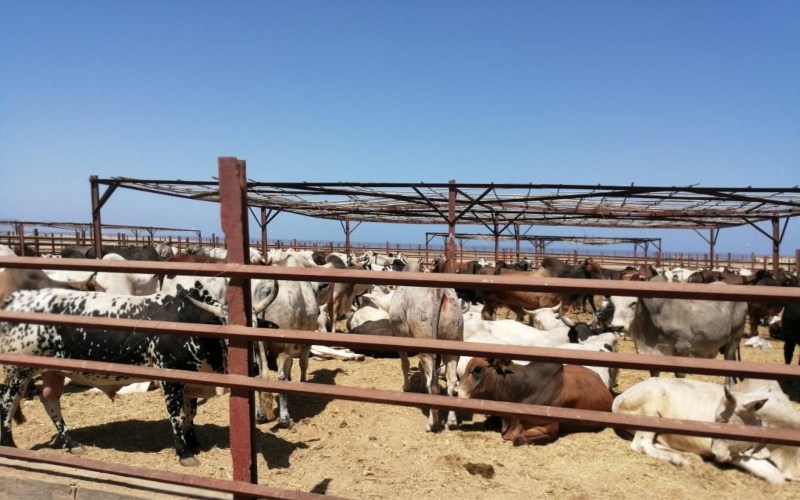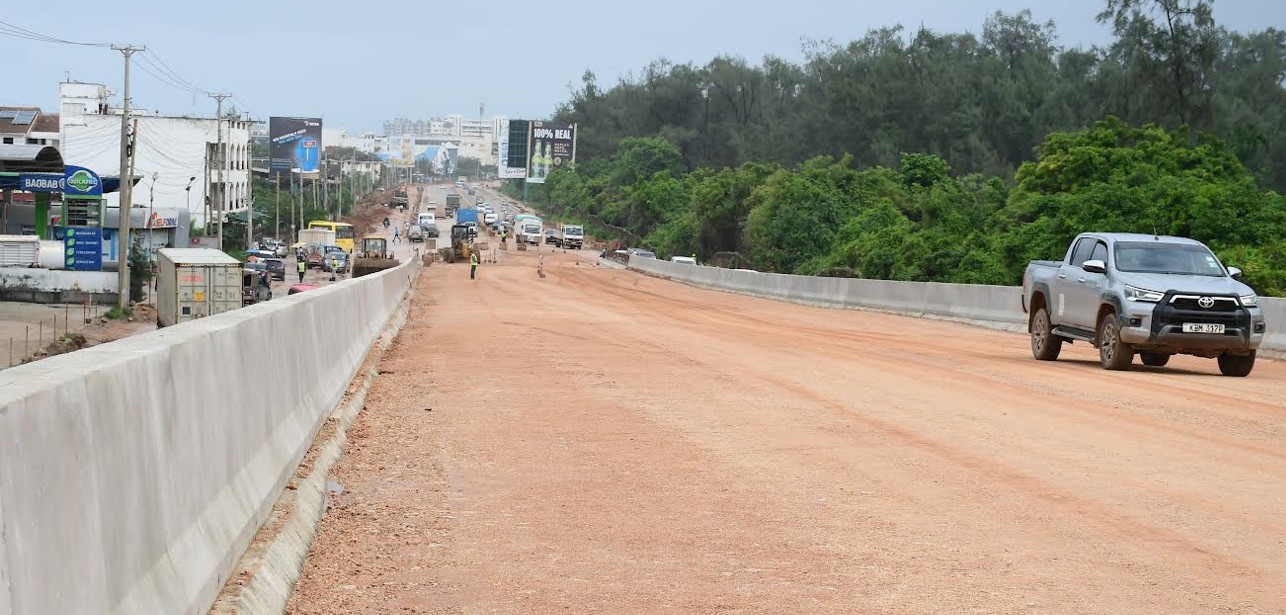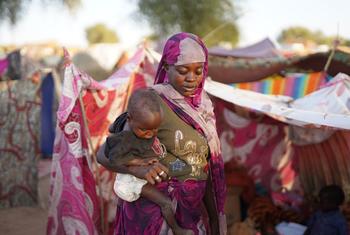How severe floods have affected Eastern Africa with millions impacted by the devastation
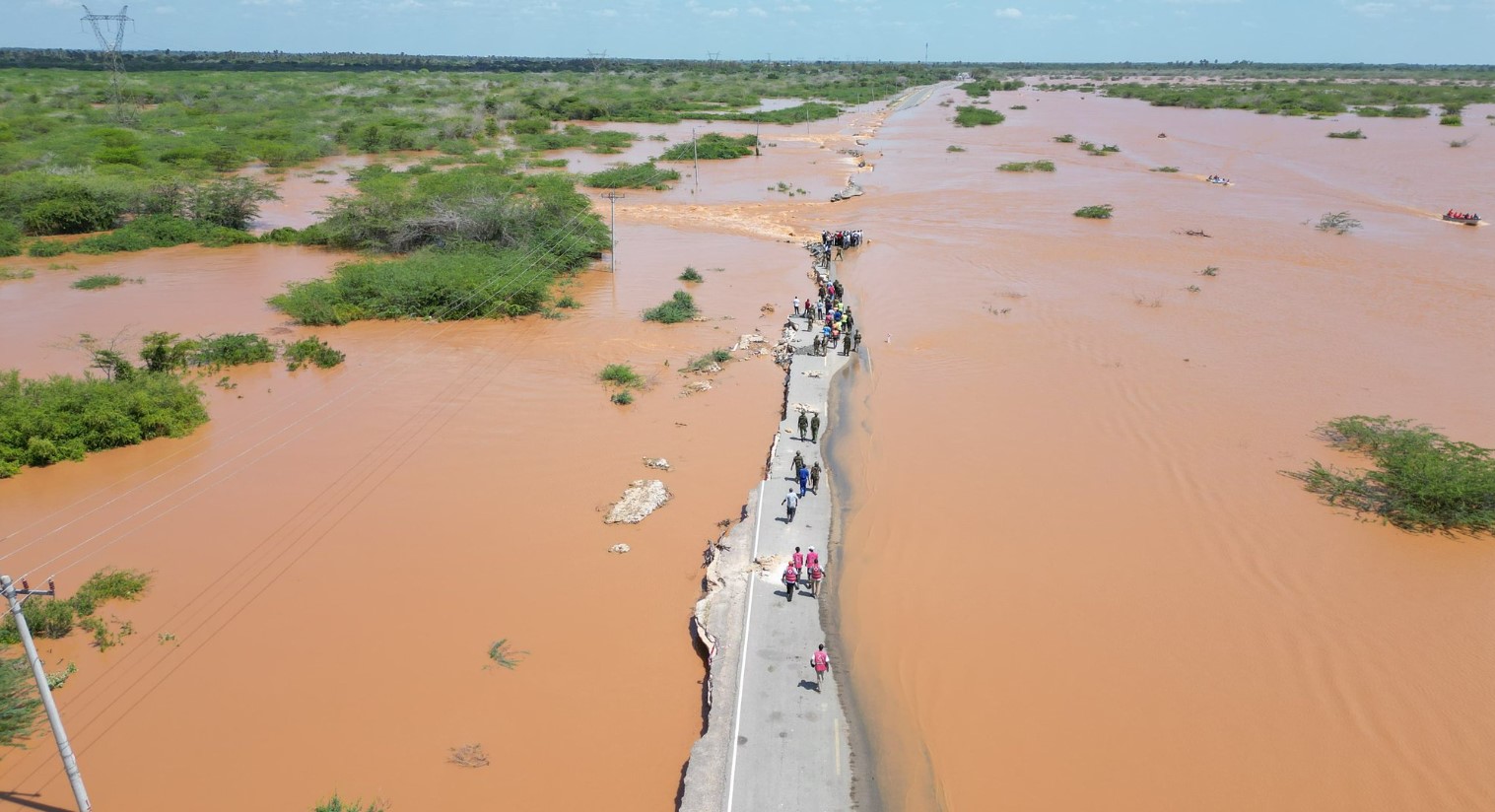
In Kenya, the National Disaster Operations Centre (NDOC) reports a grim tally of 315 lives lost since March, with over 306,000 people grappling with the aftermath of the floods.
Heavy rains have besieged Eastern African countries the past few months, leaving a trail of destruction in their wake.
A report from the United Nations Office for the Coordination of Humanitarian Affairs (OCHA) released on May 31, 2024, paints a grim picture of the impact of the recent floods across Ethiopia, Kenya, Somalia, Uganda, Burundi, and Tanzania.
More To Read
- Dozens killed, hundreds displaced as heavy rains batter several counties
- How blocked drainage systems, open sewers threaten lives, businesses in Eastleigh
- Kenya Met warns of reduced rainfall but showers to continue in parts of the country
- Heavy rains disrupt Nairobi traffic as Kenya Met warns of more downpours
- Met warns of heavy rains, flood risks in central highlands, western and coastal Kenya
- Government activates nationwide emergency response amid heavy rain advisory
The toll of the floods is staggering, with nearly 1.6 million people having been affected.
Unfortunately, 528 lives have been lost, and over 482,000 people have been displaced from their homes.
In Kenya, the National Disaster Operations Centre (NDOC) reports a grim tally of 315 lives lost since March, with over 306,000 people grappling with the aftermath of the floods.
"Floods continued to result in loss of property and disruption of services in various parts of the country," reads the report.
Tropical Storm Ialy which hit the coast early on May 21, 2024, claimed two lives and injured six others.
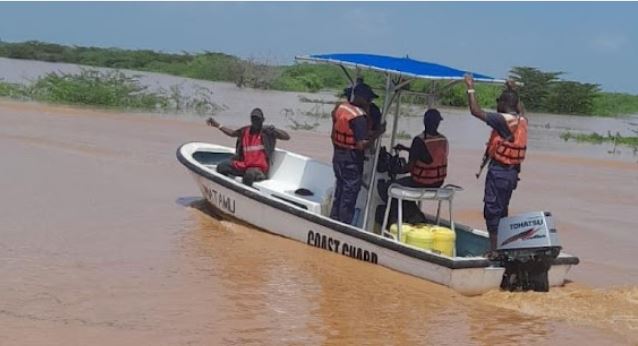 Members of the Kenya Coast Guard Service are seen on a rescue mission following floods in Tana River. (Photo: File)
Members of the Kenya Coast Guard Service are seen on a rescue mission following floods in Tana River. (Photo: File)
Health facilities were not spared by the heavy rains where at least 30 health facilities in seven counties were either damaged or inaccessible.
Tanzania shares the same impact, with 155 casualties reported due to heavy rains, landslides, and flooding.
So far, 126,000 individuals have been affected by early May rains as reported by the country's authorities.
At least 268,000 people have been affected by the Gu season heavy rains and floods (April-June) in Somalia
"Some 38,700 people have been displaced or relocated, as of 16 May. Nine people have lost their lives, seven schools were damaged, and more than 3,000 shelters were destroyed across 13 affected districts," reads the report further.
OCHA reports that the receding waters of the Shabelle River offer little solace as concerns persist regarding potential cholera outbreaks and water shortages in displacement sites.
As per a rapid assessment report, flooding in Belet Weyne displaced some 42,600 people living in low-lying flood-prone areas, who were evacuated.
However, this week, water levels in the Shabelle River dropped and many of the people displaced returned home.
"However, there is still a risk of riverine flooding in Bulo Burto, Jalalaqsi and Jowhar districts," reads the report.
In Ethiopia, the floods have affected over 560,000 individuals with preliminary reports indicating that 95,000 people have been displaced.
Areas affected include Afar, Amhara, Central Ethiopia, Oromia, Sidama, Somali, South Ethiopia and South West Ethiopia Peoples' Region, Tigray Region and Dire Dawa City Administration, according to the Ethiopian Disaster Risk Management Commission (EDRMC).
 Floods in the Somali Region of Ethiopia have displaced thousands, resulting in 33 casualties and severely impacting over 611,640 individuals, with more than 240,000 forced from their homes.
Floods in the Somali Region of Ethiopia have displaced thousands, resulting in 33 casualties and severely impacting over 611,640 individuals, with more than 240,000 forced from their homes.
The toll on agriculture has been severe, with crops destroyed and livestock lost to the unforgiving waters.
"Some 60,000 hectares of cropland were damaged, and nearly 3,000 livestock died," reads the report.
Cholera was reported in 93 districts, as flooding, poor sanitation, lack of safe drinking water, and limited humanitarian response contributed to the spread of the outbreak.
Burundi has been struggling with torrential rains since January which has affected 239,000 and forced more than 36,900 people to move from their homes due to flooding.
"Over 10 per cent of the country's food crop areas has been damaged, and 19,000 homes and 200 classrooms were destroyed," reads the OCHA report.
The floods are also linked to the country's most prolonged cholera outbreak, with 1,631 confirmed cases.
In Uganda, more than 52,190 people have been affected by heavy rains, floods, and landslides between January and May as reported by the International Organisation for Migration (IOM) and the Uganda Red Cross Society.
Twenty-three people have lost their lives while 241 others were injured.
The Ministry of Water Resources and Irrigation in South Sudan has called for preparedness in case of possible flooding in the northern and central parts of the country following the increase in the level of water in Lake Victoria.
According to the Eastern Africa Seasonal Monitor produced by the World Food Programme (WFP), La Niña condition is expected to develop over the June-September period, occasioning enhanced rains in northern areas, as the probability.
Top Stories Today


